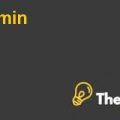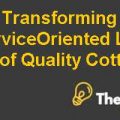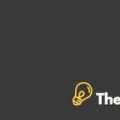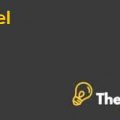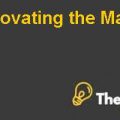INTRODUCTION
The Tata group of enterprise headquartered in India, is founded by Jamsetji Tata in 1868. The house of Tata builds world-class capacity in steel, hydroelectric power and develop modern manufacturing methods, technical education, and research capabilities. The group comprises of over 100 operating companies, with more than 270,000 employees and FY95 sales of Rs.220 billion, with a market value of Rs.290 billion in FY96. The core purpose of the company is to provide best quality products and services to its customers, to gain competitive advantage. Moreover, to improve the quality of life of the communities it serves nationally and globally.
Ratan Tata, chairman since 1991 of the group holding company, guided the Tata group in a fast changing business environment where old rules did not apply and initiated new strategies to run the business effectively. Ratan Tata is the cousin of J.R.D, an unfailing ethical man who believed that the ends never justify the means. In 1991, due to economic liberalization, the company faced many threats of competition from multinational companies. Far-ranging policies began the process of declining government control and moving India towards an increasingly market-based economy.
PROBLEM STATEMENT
According to the case, the economic liberalization forced Ratan to propose a strategy to strengthen its scope of business to meet the economic globalization as well as a sustainable competitive advantage. Moreover, there are many problems faced by Ratan, such as, no sense of unity within the companies towards the TATA group, lack of brand image, core values, and ethics, the companies have no legal reason to show alliances to TATA group. Furthermore, ignored retirement policy of executives and non-executives.
However, the company should develop a strategy to maintain its brand image in the emerging market. The company should address the benefits and costs of conglomerate associated with the competitive market. Moreover, Ratan should find a way to build the structure that is accepted, not mandated. Improve development, promotion, and protection of the unified Tata Brand.
Furthermore, the case is about competitive strategy and execution, and in order to propose a strategy, it is important to conduct an internal and external analysis. In the SWOT analysis, the key strengths and weaknesses will be identified, to drive possible solutions, and an opportunity and threats will be analyzed. However, the analysis conducted will help in identifying possible alternatives, which further help in setting the right course of actions and recommendations.
SWOT ANALYSIS
Strengths
A major strength of the company is to provide best quality products and services to its customers. Moreover, the internationalization strategy to keep local managers in the new acquisition, successful and well-respected business group in India. The company operated more than 100 companies in over 100 countries, with more than 270,000 employees. Furthermore, the company successful venture into growing industries such as high technology, biotechnology, and alternative energy. Apart from that highly skilled workforce and entrepreneurial spirit is one of the strengths of TATA group.
Weaknesses
A major weakness of the company is the conflicts between the TATA sons and its various companies. Moreover a competition between the units and lack of integration and coordination, decreasing the brand image of the company, which need to be examined carefully. Furthermore, weak corporate communication and problem-solving strategy, and aging leadership, creating problems in the future advantage of the company.
Opportunities
A major opportunity for the company is to improve the TATA administrative services. TATA can pursue many opportunities in the emerging markets such as forming alliances with foreign firms and taking ownership stakes. The company should decrease barriers to entry, to increase its profits and revenue. Moreover, to decrease the financial and operating risks associated with merging the companies. Furthermore, initial public offering to raise capital and reward shareholders.
House Of Tata, 1995 The Next Generation Case Solution
Threats
One of the major threat to the company is the government laws and regulations. Moreover, economic liberalization is also of the threat faced by the company, which increases the competition in the marketplace. Furthermore, the low entry barriers in many industries, entry of foreign firms in the Indian market and uncertainty surrounded in the share plan of the company.
ALTERNATIVES
Alternative 1: Tata brand name
It is suggested to the company, to implement a pay structure for using the TATA brand name by requiring an annual contribution based on net income. The company should develop a strategy to promote a unified TATA brand that could be used by all companies that subscribed to the TATA Brand Equity Scheme. Moreover, the creation of the group brand, is a good idea. The company should require an annual contribution net income to meet the costs of the development, promotion, and protection of the unified TATA brand. Lastly, the company could synergically operate with each other, to build the strong quality brand name and ethical business practices........................
This is just a sample partial case solution. Please place the order on the website to order your own originally done case solution.



